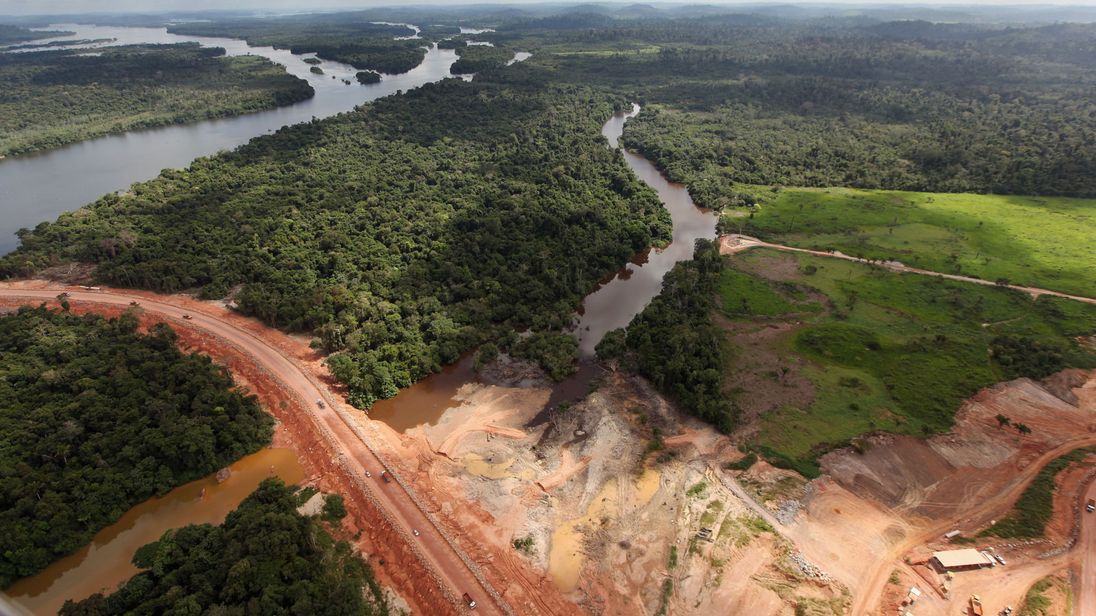The worlds most diverse and lush habitat
Rainforest are found in tropical climates around the equator, they make up 6 percent of the land surface of the
earth. The rain forest is made up of four layers: emergent, upper canopy, understory, and forest floor.
Emergent trees grow far apart and tall, their branches reaching above the canopy.
The upper canopy houses most of the rain forest's animal species, and forms a roof that blocks most light from reaching below it.
One of the animals that is found there is the Brown three-Toed Sloth. A slow moving creature that weighs around nine pounds.
It stays in the upper canopy feeding on leaves, twigs, and fruit. It can take take a whole month to digest its meal.
At the same time, one of the most iconic species that lives in the rainforest is the Scarlet Macaw. This creature is a large parrot
with bright red plumage and brilliant blue and yellow feathered wings. It uses its powerful beak to open hard nuts and seeds.
The understory, usually shaded and home to bushes and shrubs as well as the branches of canopy trees.
The forest floor is in complete shade, meaning there is little likelihood of plants growing there and making it easy to walk through the forest.
The rain forest is nearly self-watering. Plants release water into the atmosphere through a process called transpiration.
In the tropics, each canopy tree can release about 200 gallons (760 liters) of water each year. The moisture helps create the thick cloud cover that hangs over most rain forests.
Even when not raining, these clouds keep the rain forest humid and warm.
Human Impact: Deforestation
Human interaction has reduced the presence of rain forest around the globe. In South America there is around a third of remaining tropical rain forest on earth, more than 19 percent of the forests were lost to deforestation since the 70's. Biologists worry about the long-term consequences. Drought may be one. Some rain forests, including the Amazon, began experiencing drought in the 1990s, possibly due to deforestation and global warming.
Efforts to discourage deforestation, mainly through sustainable-logging initiatives, are underway on a very limited basis but have had a negligible impact so far.


